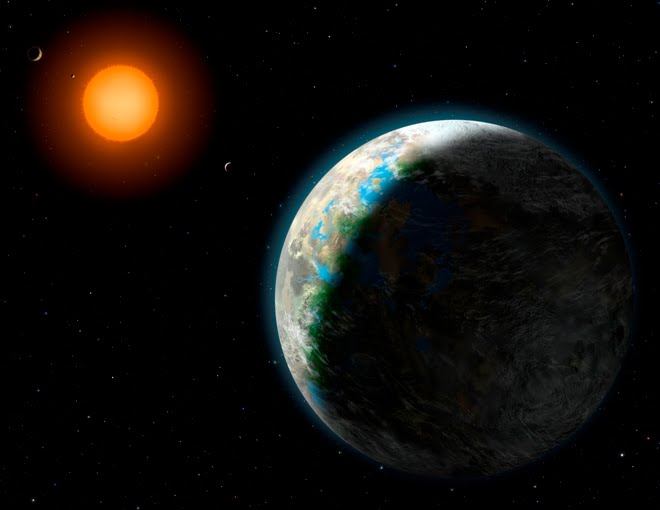
Humungous asteroid will be closer than moon on November 8, 2011
By Leonard David, SPACE.com Space Insider Columnist
Mark your calendars for an impressive and upcoming flyby of an asteroid that’s one of the larger potentially perilous space rocks in the heavens – in terms of smacking the Earth in the future.
It’s the case of asteroid 2005 YU55, a round mini-world that is about 1,300 feet (400 meters) in diameter. In early November, this asteroid will approach Earth within a scant 0.85 lunar distances.
Due the object’s size and whisking by so close to Earth, an extensive campaign of radar, visual and infrared observations are being planned.
Asteroid 2005 YU55 was discovered by Spacewatch at the University of Arizona, Tucson’s Lunar and Planetary Laboratory on Dec. 28, 2005. En route and headed our way, the cosmic wanderer is another reminder about life here on our sitting duck of a planet
“The close Earth approach of 2005 YU55 on Nov. 8, is unusual since it is close and big. On average, one wouldn’t expect an object this big to pass this close but every 30 years,” said Don Yeomans, manager of NASA’s Near-Earth Object Program Office and the Jet Propulsion Laboratory in Pasadena, Calif.
Yeomans said that with new radar capabilities at Goldstone in California — part of NASA’s Deep Space Network — there is a good chance of obtaining radar imaging of 2005 YU55 down to the 5-meter resolution level. Doing so, he said, would mean obtaining higher spatial resolution of the object than that attained by recent spacecraft flyby missions.
“So we like to think of this opportunity as a close flyby mission with Earth as the spacecraft,” Yeomans told SPACE.com. “When combined with ground-based optical and near-infrared observations, the radar data should provide a fairly complete picture of one of the larger potentially hazardous asteroids,” he said.
Asteroid 2005 YU55 is a slow rotator. Because of its size and proximity to Earth, the Minor Planet Center in Cambridge, Mass., has designated the space rock as a “potentially hazardous asteroid.”
Read full article about asteroids risk on Yahoo News






No comments:
Post a Comment